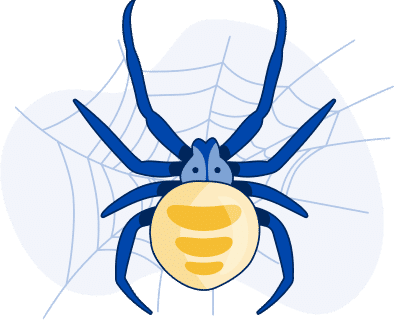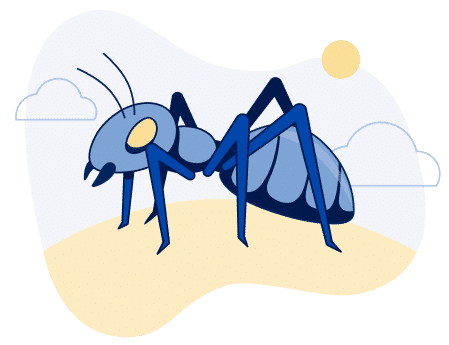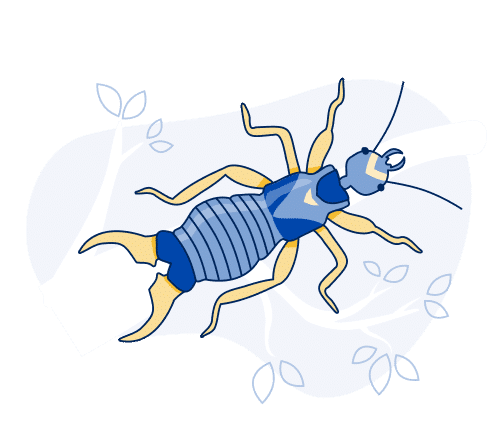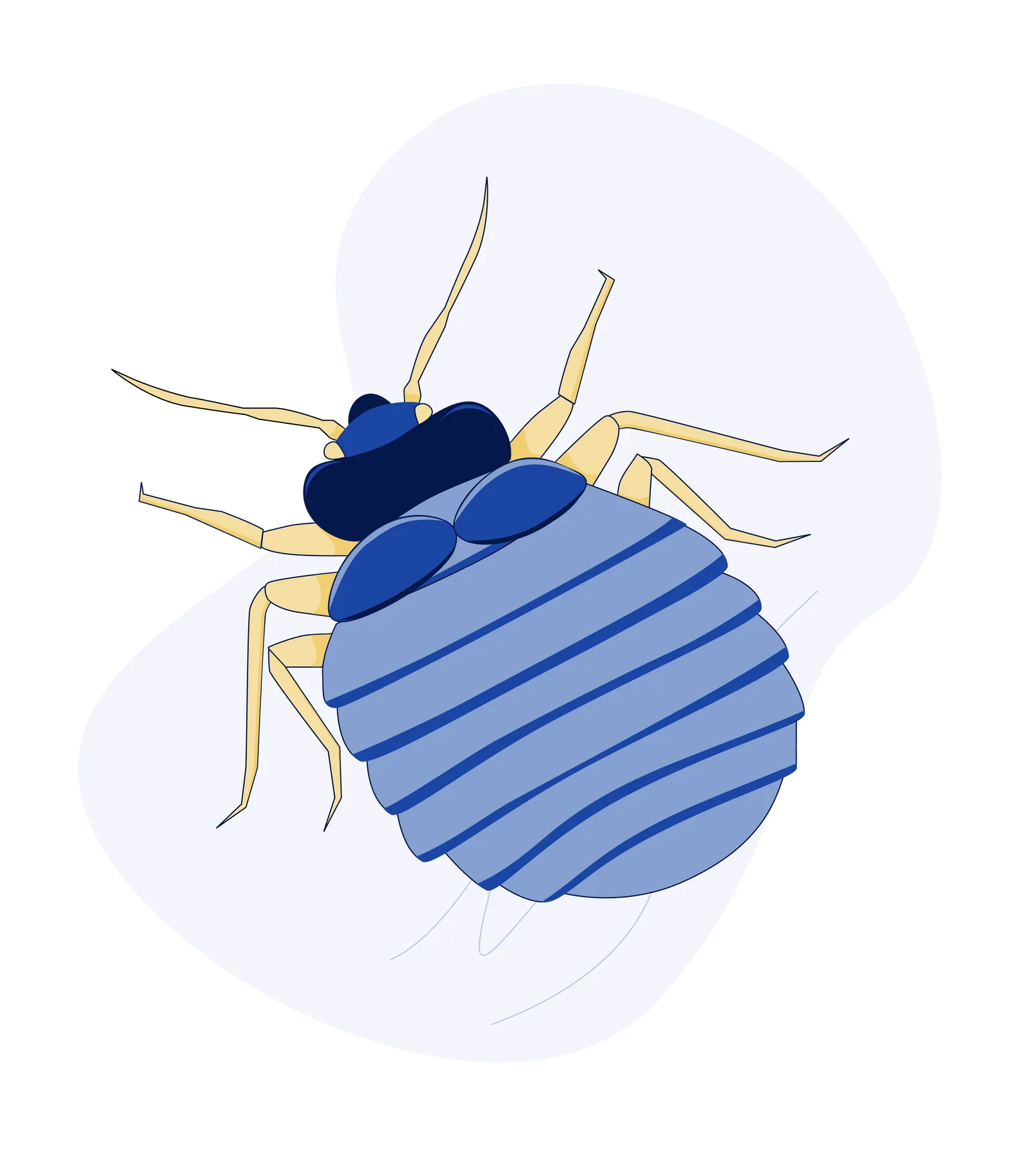Baby Rats in Provo: How to Identify and Control an Infestation
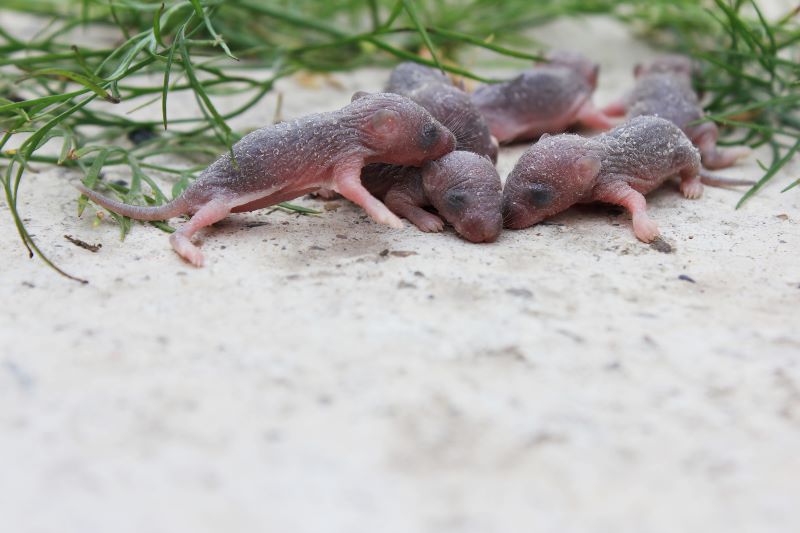
Noticing baby rats scurrying around your Provo home? Understanding how they behave is key to getting control of the situation before it becomes a bigger problem.
What Are Baby Rats?
Baby rats, often called pups, are the little ones of adult rats. When they’re born, they’re completely blind and hairless, relying entirely on their mother for everything they need. In just a few weeks, these tiny creatures grow quickly, sprouting fur and teeth, and they are curious to start exploring their world. Provo’s urban landscape offers plenty of food and cozy places to nest, creating a perfect environment for these young rats to breed and thrive.
Why Are Baby Rats a Problem in Provo?
Provo’s mild climate and abundance of food make it an ideal spot for rat infestations. Baby rats are especially problematic because they grow up fast, which can lead to a quick spike in the rat population. This rapid growth can cause serious damage to homes, as these critters love to gnaw on wires, insulation, and even the structural elements of buildings. On top of that, rats can carry dangerous diseases like Hantavirus, which can pose significant health risks to people.
What Does Seeing Baby Rats Indicate?
Spotting baby rats in your Provo home is a clear sign that there’s likely a bigger rat infestation at play. These little ones tend to stay close to their nest, so if you see them, it means adult rats have already found a safe place to raise their young nearby. This usually means more rats are lurking around, including adult females ready to breed and mature males.
It’s really important to act quickly because baby rats grow up quickly. If you don’t address the issue, they’ll soon become adults capable of breeding, leading to an explosion in the rat population in your home. Tackling the problem early on is key to stopping a small issue from becoming a major infestation.
Understanding Baby Rat Behavior
To effectively deal with baby rats, it helps to know how they behave:
- Nesting Habits: Baby rats love to hide in warm, cozy spots like attics, basements, or behind walls. These secluded areas provide them the safety and comfort needed to grow and thrive.
- Feeding Patterns: These little pups start munching on solid food after just a few weeks. They prefer grains, fruits, and meats and usually search for food close to their nests. If there are easy pickings nearby, like garbage cans or pet food, the chances of a rat infestation increase significantly.
- Social Structure: Rats are social creatures that prefer to live in groups. If a single litter of baby rats is left unchecked, it can quickly lead to a much larger infestation.
How to Get Rid of Baby Rats?
If you think you might have a rat problem in your Provo home, it’s important to act quickly. Here are some practical steps you can take to manage the situation:
Seal Entry Points
Start by checking your home for any gaps, cracks, or holes where rats could sneak in. Use steel wool or caulk to seal these openings, making it much harder for them to get inside.
Eliminate Food Sources
Keep your home tidy by storing food in airtight containers and promptly removing garbage. By removing easy access to food, you’ll make your home a lot less appealing to rats.
Use Traps and Baits
Set up rat traps and baits in areas where you’ve seen signs of rat activity. Just make sure to choose products that are safe for pets and kids.
Call Professional Pest Control
If the infestation is serious, contacting a local rat exterminator in Provo is a good idea. They have the experience and tools needed to tackle the problem effectively, ensuring your home is rat-free in no time.
Early Intervention Is Critical
Acting quickly is crucial when it comes to managing baby rats in Provo. The sooner you tackle the problem, the easier it will be to stop it from becoming a full-blown infestation. Regular inspections and rat control can go a long way in keeping your home safe from these unwelcome guests.
By familiarizing yourself with baby rat behavior and taking prompt action, you can safeguard your home from the risks and damage these pests can bring. Don’t wait until it’s too late—staying proactive is the best way to protect your space.

